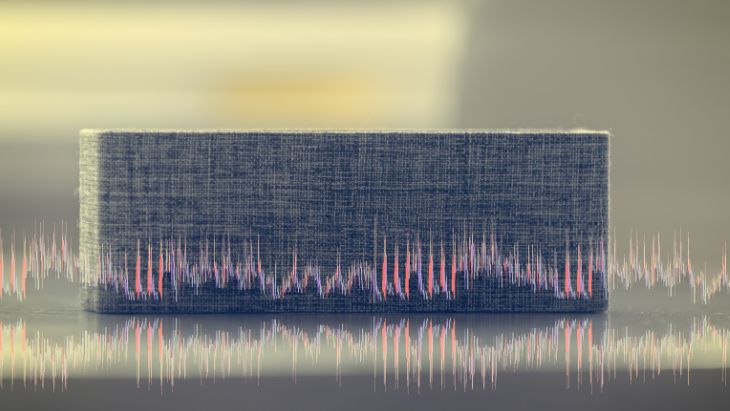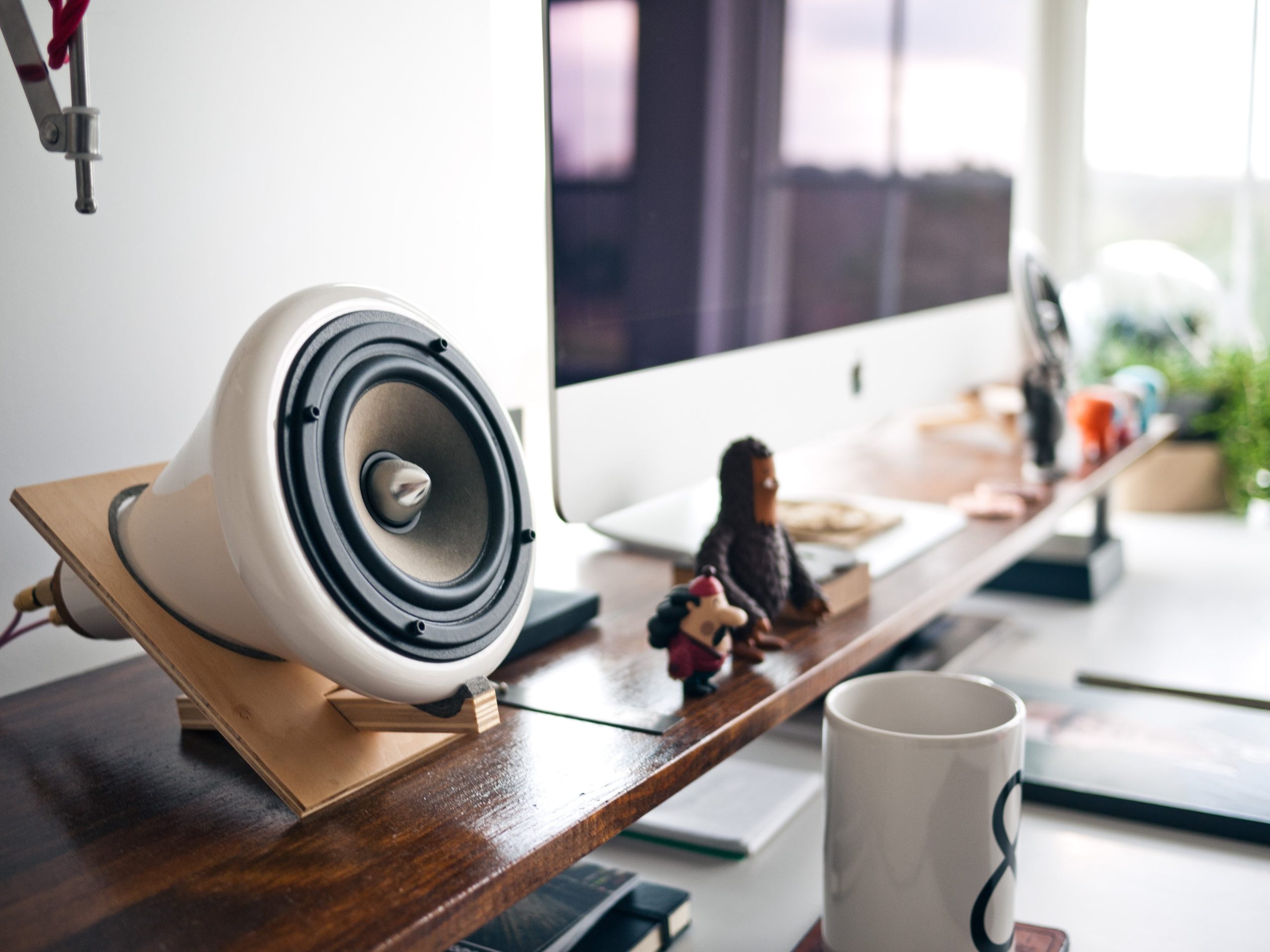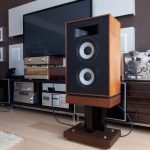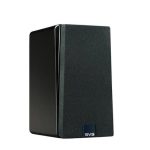Speaker cable management is an aspect that is often overlooked by many homeowners. Disorganized cables make a room look extremely cluttered and untidy. If you have multiple speakers and audio sources at your home, then you most likely have several cables running across the room, especially in a home theater or home studio. You might have actually tripped upon getting your leg entangled by a speaker cable while walking across your room. Cleaning up a space with disorganized cables is also challenging. You might end up ignoring to clean the areas with cables and dirt will end up accumulating around such areas. Moreover, disorganized speaker cables are unsightly to visitors.
When cables are disorganized, it also becomes challenging to trace which speaker is connected to which port, especially when doing a repair or maintenance. The cables may become entangled and you’ll waste a lot of time unhooking everything just to disconnect one speaker for repair or replacement. Thus, you should get those disorganized cables neat. Read on to learn how to keep home speaker cables neat, organized, and concealed.
Bundle the cables

You can easily keep the cables neat by bundling them together using cable ties. Tie them after every foot to make one lengthy bundle of speaker cables rather than letting them remain scattered everywhere. Once you bundle up the cables, you can easily hide them behind furniture to make them less visible. The more they’re less visible, the more your space will look neat and organized.
Hide the cables between the wall and carpet
Rather than letting the cables hang or lie all over your home, you can have them more organized by hiding them between the baseboard or wall edges and the carpet. If you don’t have a carpet, then you should consider adding a dense one to add décor to your home while still using it as a way of hiding the cables. Simply bundle the cables together and line them along the baseboard. You can also align them along the edge of a wall while tucking them underneath the carpet. This way, you’ll be able to conceal the cables in such a way that no one will be able to see them.
Hide the cables on the wall by painting them
If you have wall-mounted speakers or a wall-mounted TV, then you should create a minimalist look by hiding the cables on the wall. In such situations, you don’t have the privilege to hide them on a carpet. You can easily conceal them by painting them. All you’ll do is run the cables in a straight line and hold them in place using zip ties and staples. You simply tie the cables with the zip ties and staple the zip ties onto the wall. This way, the cables will be aligned along the wall in a neat manner. You can trim any excess zip tie length for a neater look. Then paint the cables and zip ties with paint similar to that of the wall in color. By so doing, you’ll hide the cables along the wall and make them concealed, organized, and neat.
Conceal the speaker cables with rugs
If you have wired speakers in different sections of the room, then you most likely have cables crossing the floor, especially with a surround sound system. They can make the space look cluttered and disorganized. You can easily hide the cables using throw rugs. The rugs themselves will add some interior décor while still acting as a preventive measure against tripping due to disorganized cabling. While rugs may not cover the cables completely, they’re a great fix that will make the room look neater. You can relocate the rugs and cables easily whenever you want to rearrange the space. Thus, throw rugs are very flexible. Moreover, you can make creative patterns with the rugs for enhanced décor.
Use cable ducts to conceal speaker wires
A great, permanent method of concealing speaker cabling is by installing cable ducts, also known as cable raceways. They’re extremely useful when running lengthy cables, especially when you need a more permanent solution to conceal cables that run across several rooms. They can be extremely useful when installing a wired whole house audio system. Cable ducts are also a great option when you don’t have baseboards and carpets to conceal the cables.
Cable ducts usually have an open or latching channel in which the cables are tucked and concealed. These ducts are usually slim in nature. They tend to be discreet and can be painted to match the color of a wall or baseboard. With this cable management method, you simply tuck the cable along the duct channel. The channel usually has an opening along which you tuck in the cable.
These ducts are not easy to remove and that’s why they’re recommended for more permanent cable management needs. A less permanent method similar to cable ducts is using cable covers. They usually look like speed bumps. They can be installed along a floor that doesn’t have a carpet. Moreover, cable covers don’t require an adhesive. They come in different sizes and patterns. You can choose a decorative pattern to add to your home’s interior décor.
Use flat speaker cables
Alternatively, you can replace your speaker cables with a flat type of speaker wire. These cables are less visible than regular speaker cables. They usually have an adhesive surface that can be applied along the floor or wall. They’re an effective, permanent solution for concealing speaker cables. You simply peel the backing along the cable to expose a strong adhesive. The adhesive is designed to stick firmly onto most flat surfaces.
Flat cables are usually thin and extremely flexible. Thus, it’s easy to use them around corners. You can even have them pass through the edges of a door when connecting different rooms and you’ll still close the door seamlessly. You can also paint the flat cables when using them along a wall to further conceal them.
Install the speaker cables through the ceiling and walls
If you’re using in-wall or in-ceiling speakers, then you’ll have more work to do to conceal the cables. While you can still use flat cables or paint the cables to conceal them, you can conceal them completely by snaking them through the ceiling and walls. You can cut small holes through the walls to snake cables between different rooms in combination with other methods of concealing them. You can also snake the cables through the basement, ceiling, and attic.
Consider using wireless speakers

If you’re tired of concealing speaker cables and the struggle that comes with connecting them, then you can consider using wireless speakers. Wireless speakers eliminate the need to use cabling. Such an upgrade may be costly since it will mean replacing your current system. However, when buying new speakers, you can consider investing in wireless models to make it easier for you to keep your home neat and organized.
Conclusion
Speaker cables can have a huge impact on the interior décor of your home. If they are lying all over the floor and hanging along the wall, they can make the space look cluttered and disorganized. Luckily, it’s possible to keep your space neat by organizing the cables and keeping them concealed. As you can see from this article, there’re many techniques of keeping speaker cables neat, organized, and concealed. Simply choose the option that’ll work best for you.
Michael Evanchuk is a San Francisco-based sound engineer with 20 years’ experience installing, troubleshooting, and repairing commercial, automotive, and household sound equipment. Evanchuk owns an auto stereo center, where he offers highly competitive car audio installation and repair services. He has written dozens of articles on different sound engineering topics, all of which have been published in leading journals, blogs, and websites.





